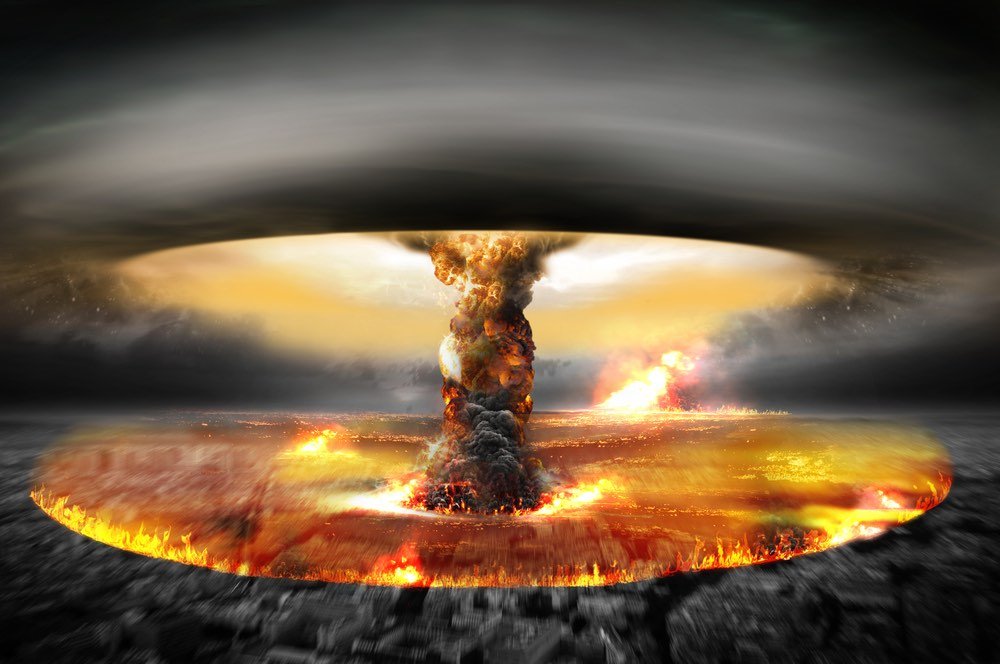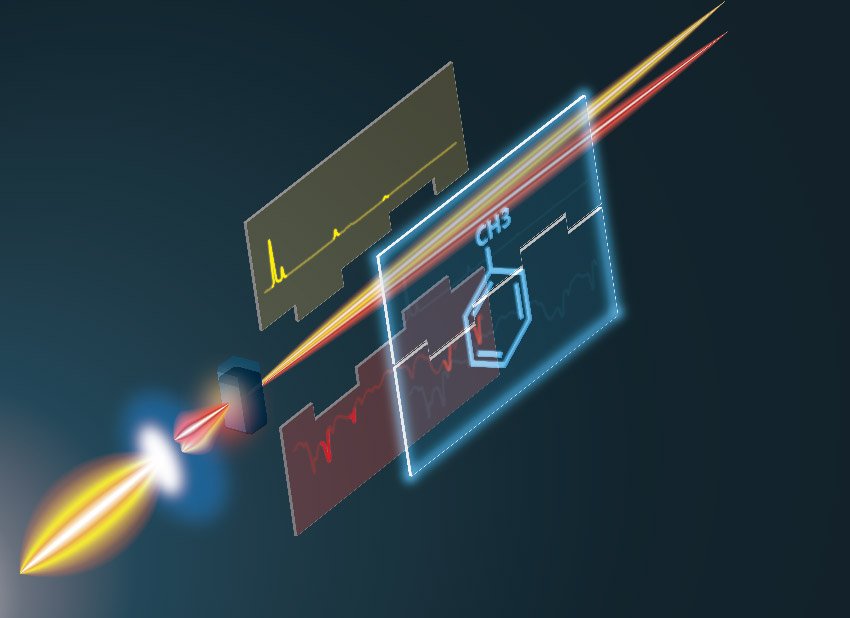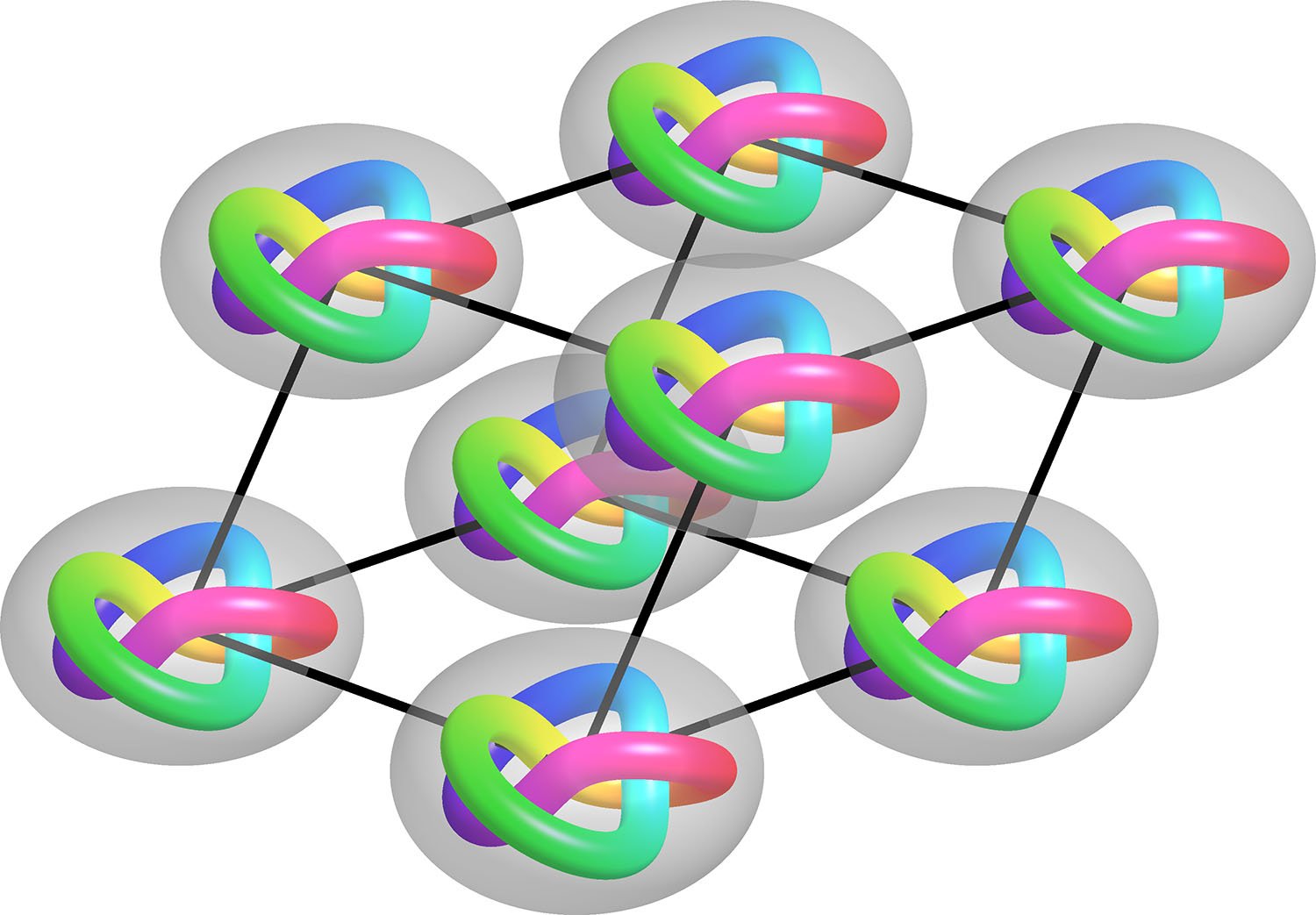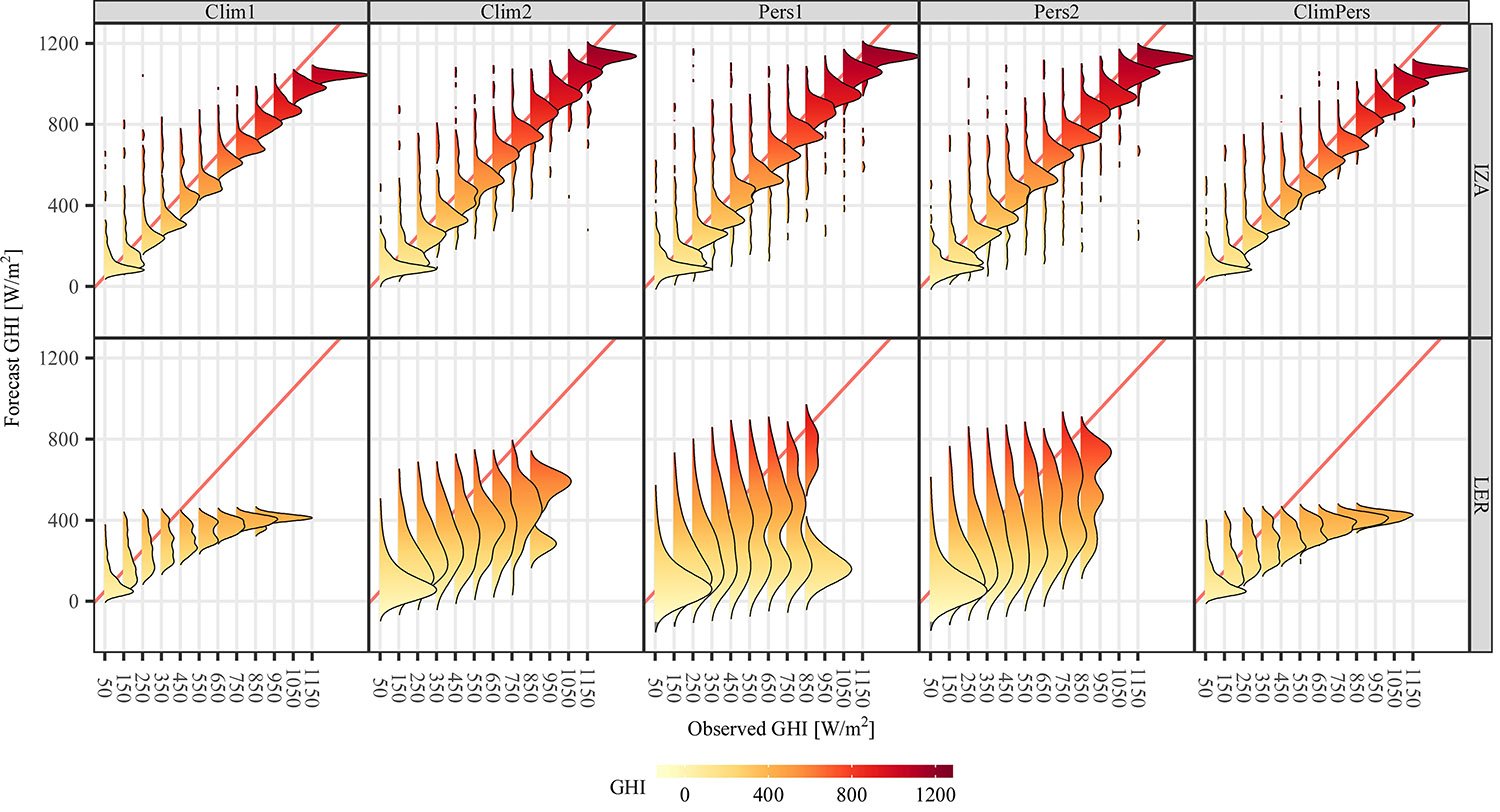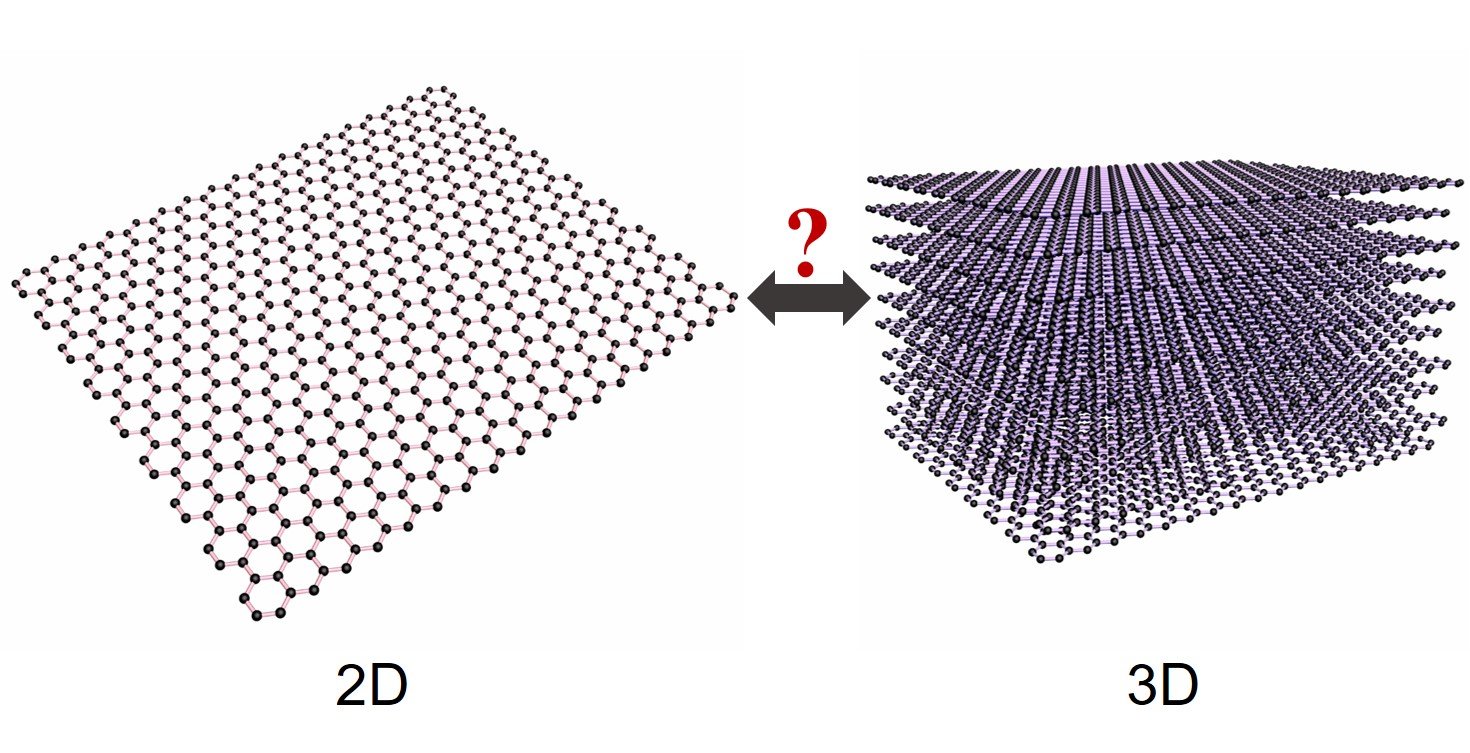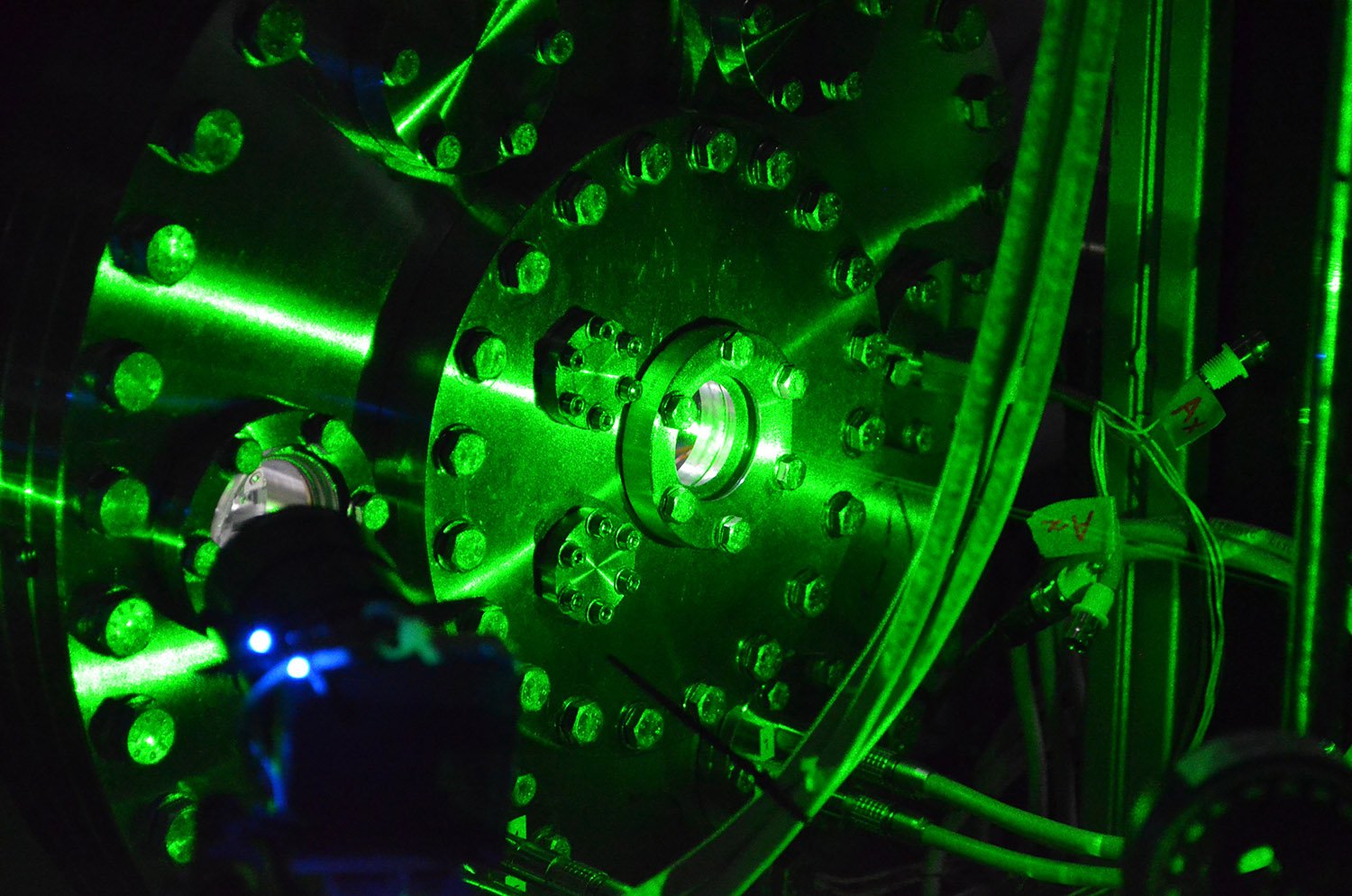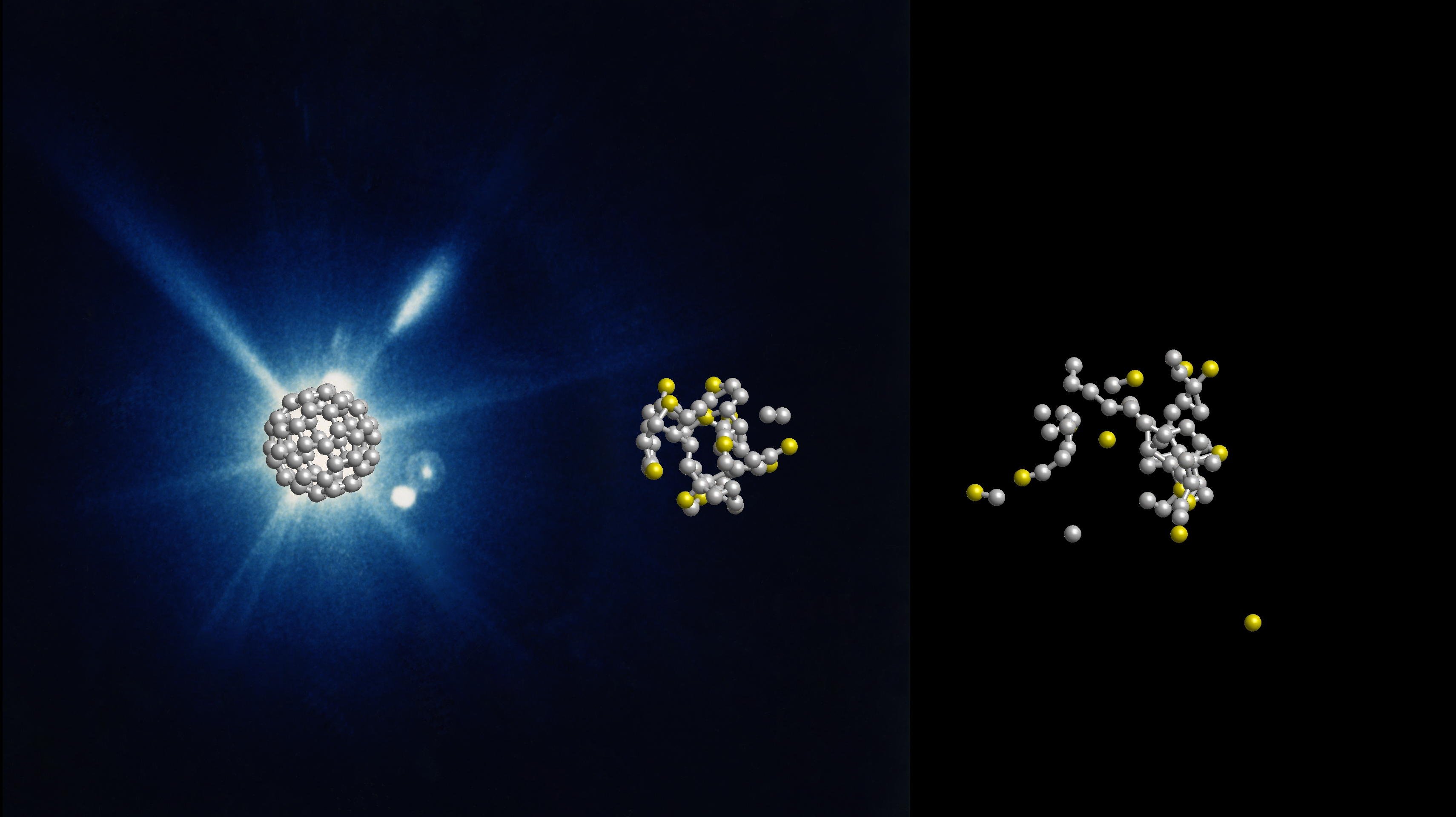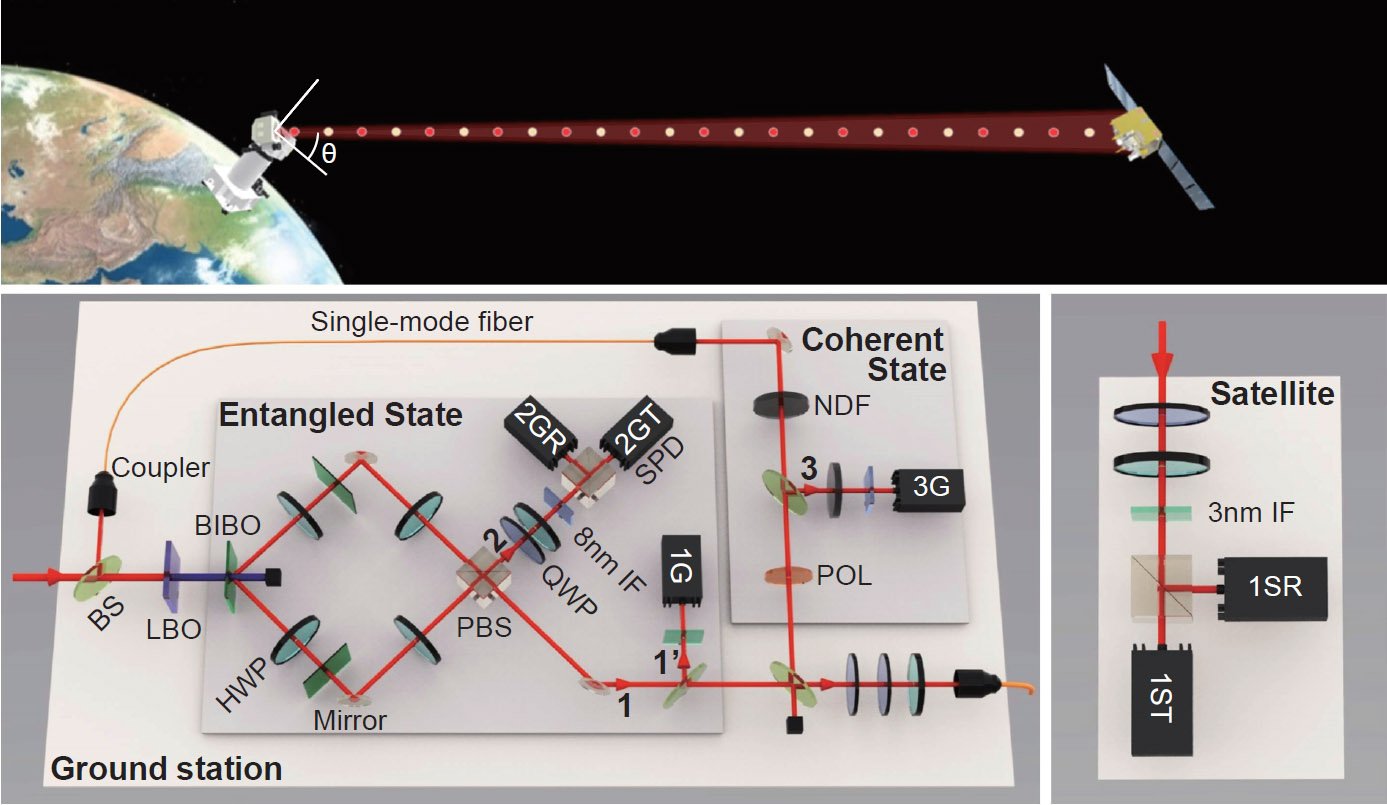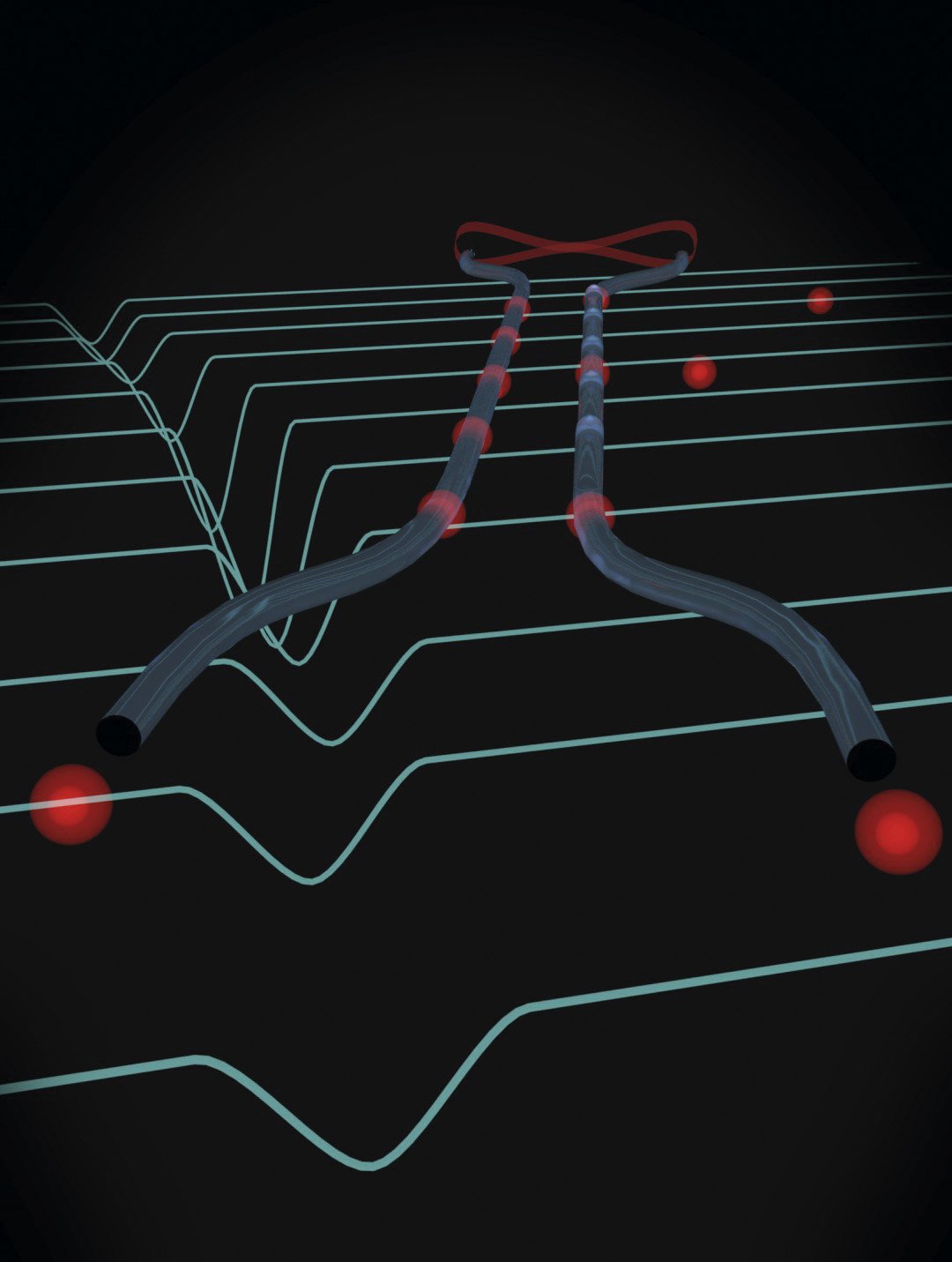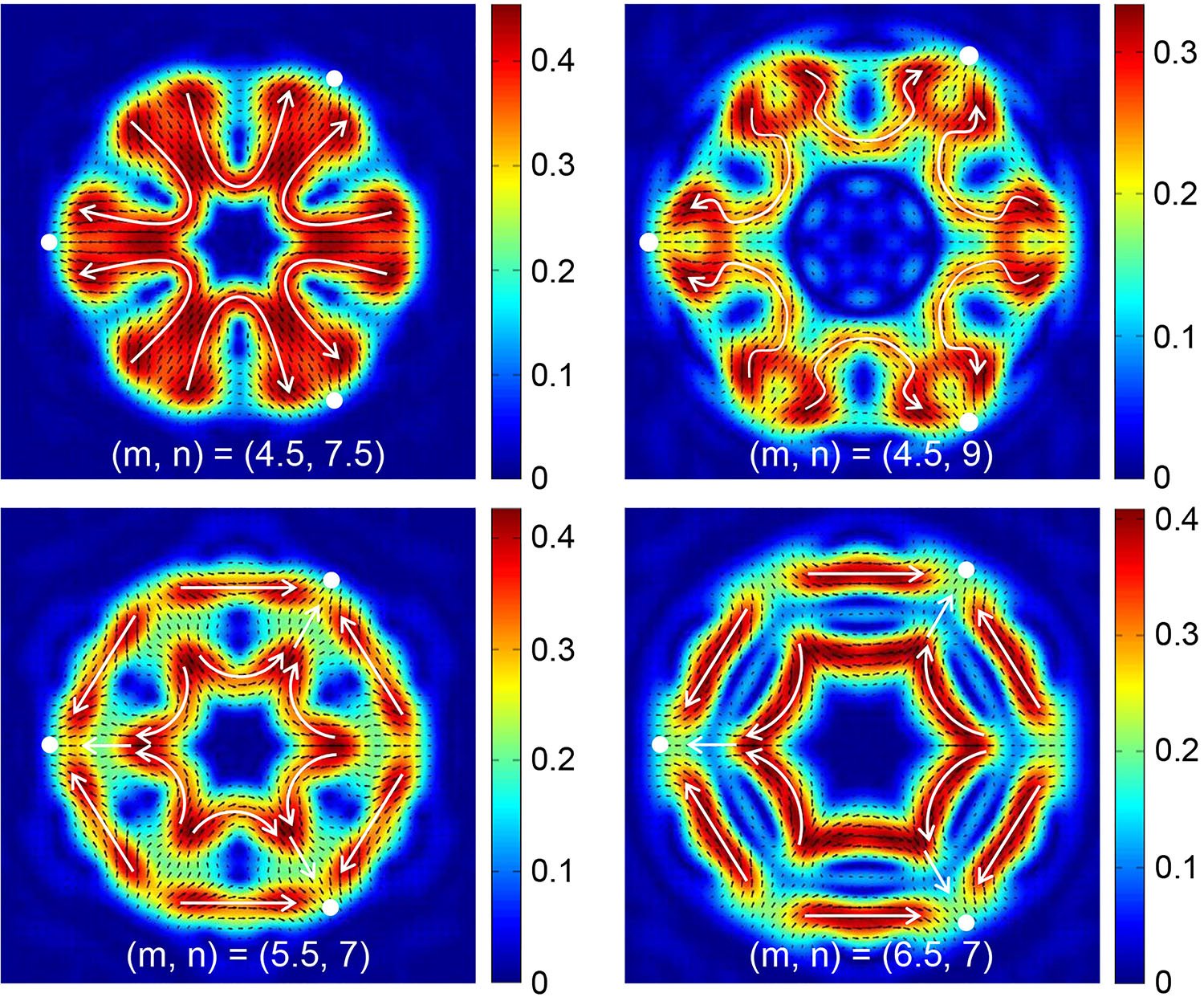How to dismantle a nuclear bomb
How do weapons inspectors verify that a nuclear bomb has been dismantled? An unsettling answer is: They don’t, for the most part. When countries sign arms reduction pacts, they do not typically grant inspectors complete access to their nuclear technologies, for fear of giving away military secrets. Instead, past U.S.-Russia arms reduction treaties have called … Read more
